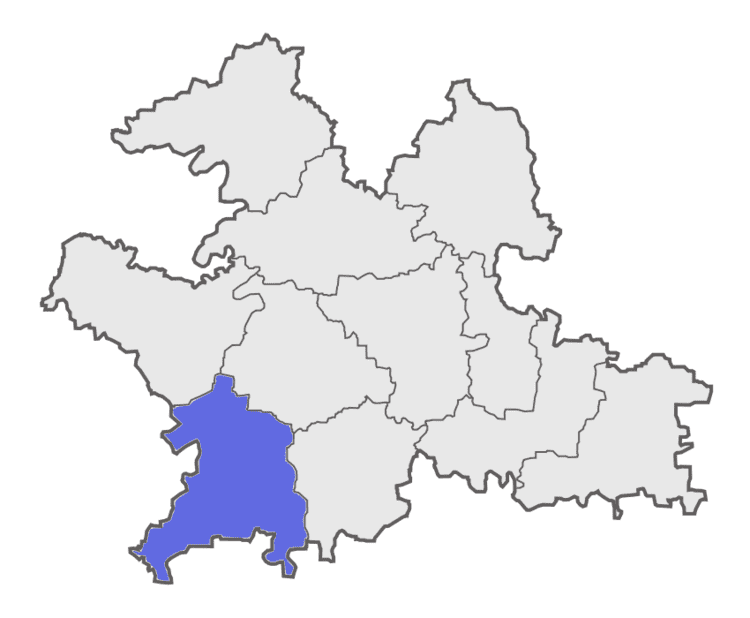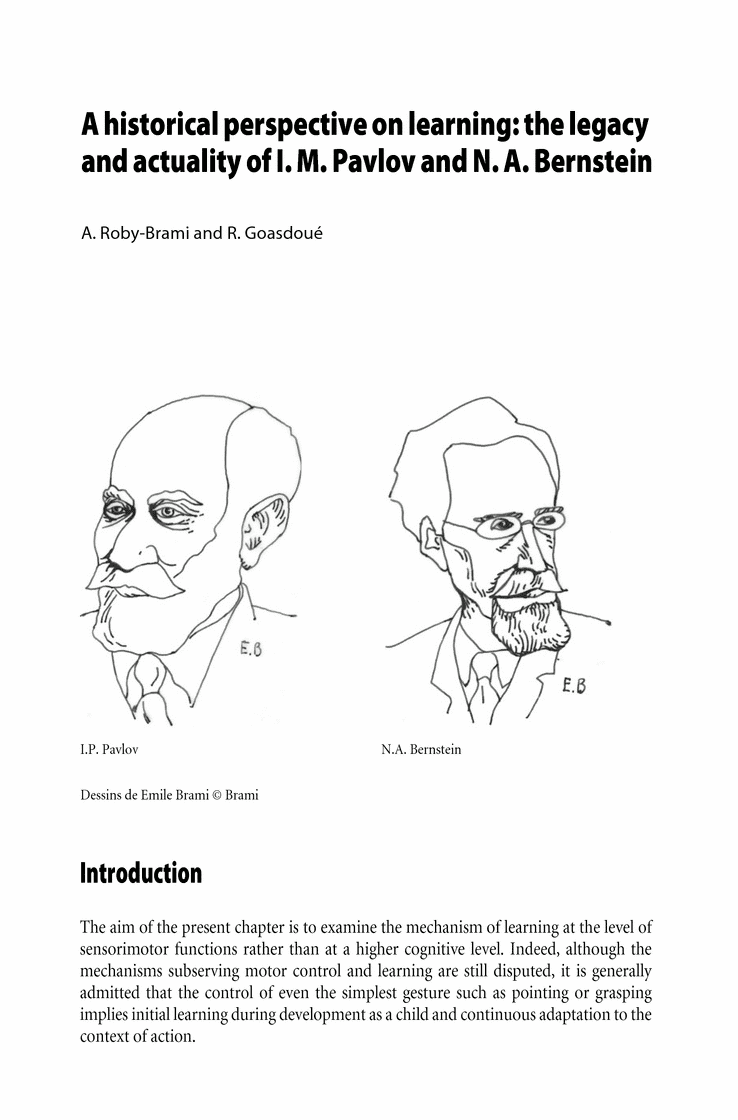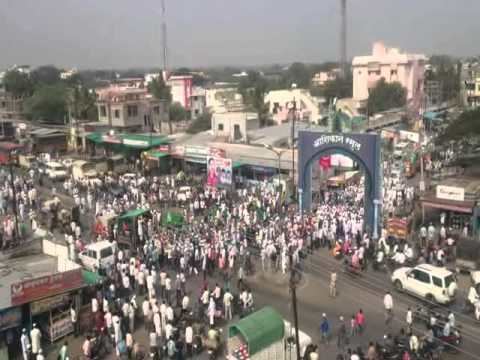Country State | Language spoken District | |
 | ||
Map of Sangole
Sangole (Sangola) is a town with a municipal council in Solapur District in the Indian state of Maharashtra. It is situated near the borders of Satara District, Sangli District, and Solapur District. It is located at the intersection of state highways SH-161, SH-3, and SH-71.
Contents
- Map of Sangole
- Demographics
- History
- Maratha Empire
- Economy
- Tourist sites
- Nearby
- Transportation
- Education
- References

Traditionally, in many historic records this area was part of the Mandesh region. Its name is derived from the Maan River. Sangole is famous for pomegranate production.

Demographics
According to the 2011 Indian census, Sangole had a population of 34,321. Males constituted 51% of the population and females 48%. Sangole had an average literacy rate of 82%. Male literacy was 88%, and female literacy was 77%. Twelve percent of the population was under 6 years of age.
History
Sangole was a prominent part of the Maratha dynasty under the Ingoles. It is believed that Sangole as a town was established around the 14th or 15th century by six Ingoles. Babaji Lakhmoji Ingole & his five sons (6 Ingole's)have constructed a fort and situated town Sangole. The name of Sangole is derived from these six Ingoles (Saha Ingole) - Sangole. There is a historic fort inside Sangola town and later the Ingole's were awarded Deshmukhi of Paragane Sangole by Aadilshah of Bijapur. Still in many villages the Deshmukh families are residing - mainly - Sangole city, Deshmukh Vasti- Bamani, Jawala, Sonand. Many of the Ingole-Deshmukhs are now farmers holding lands in these villages. Dhangar's, Walmiki Koli, Lingayat, Shahaannav Kuli Marathas- Ingole Deshmukhs and Yajurvedi Brahmins are believed to have set up some of the first communities in this region. The fort at Sangole was built, reportedly by Deshmukhs under Bijapur's Aadilshah king. It is believed that later the Deshmukh's left the Aadilshah of Bijapur and joined the forces of Chatrapati Shivaji Maharaj. Aadilshah had awarded Deshmukhi of 72 villages of paragane Sangole to Ingole Deshmukh's. The town later grew up around the fort was so prosperous that it was locally called the Golden Sangola or "Sonyache Sangola" (सोन्याचे सांगोले).
Soon after settlement, due to the large availability of high-quality land, which produced many crops during kharip season, farming and dairy businesses flourished around the area, although at first, Sangole experienced low population density. This proved fortunate, as it was less severely impacted by such historical events as the Durga Devi drought in the 14th century and the failure of the Yadav kingdom at the hands of Alauddin Khilji in nearby Deogiri. In the 15th century, the Turkish Ali Adilshah visited the area and Muslims began to arrive in the city. Significant growth of the Muslim population happened between 1690 and 1702, when the surrounding area was camped by Aurangzeb and Moguls.
Maratha Empire
After the death of Afzal Khan, Shivaji Maharaj captured the entire region from Wai to Kolhapur. Netaji Palkar is believed to have raided Sangole on 14 November 1659, but the land fort was again recaptured by Adishahi forces in 1663. In December 1665, Shivaji Maharaj and Mirza Jaisingh won the town from the Adilshah. Later Shivaji Raje again gifted the town to Ingole Deshmukh's; however in 1679, after the fall of the Bhupalgad fort, the area was transferred to the control of Dilerkhan Pathans. Seven months afterward, Hambirrao Mohite recaptured the town from the Moguls. After 1690, Sangole was under nominal control of the Moguls, because the entire area remained in the hands of Deshmukh's. Many major Maratha soldiers, such as Santaji Ghorpade, Dhanaji Jadhav, Jagdale, and Moreshwar Pingale camped in this region when they carried out attacks on the Moguls between 1692 and 1703. The Ingole Deshmukh's supported the Maratha Sardars with their small fleet of Maratha mawala's.
In 1750, Balaji Bajirao was opposed by Yamaji Pant Shivdev, a partisan of Tarabai, who threw himself into the Sangole fort and called for rebellion. Sadashivrao Bhau, the cousin of Balaji Bajirao, and Ram Raja marched to Sangole to put down the rebellion. Yamaji's uprising was soon suppressed.
In 1802 the town and the fort was attacked and severely looted by Holkar's Pathans
Economy
Sangole’s economy is primarily driven by agriculture, with textile mills (including cotton), grape processing factories and sugar factories found in the area. One cotton mill, Sangole Taluka Sahakri Sut Girni, was awarded best spinning mill in Asia for a few years.
Sangole is famous for pomegranate production. Sangole pomegranates are exported to the United States, England, and several Middle Eastern countries.
Sangole is known for the Khillari bullocks, specially found in the regional village of Wadegaon.
The Mata Balak Utkarsh Pratisthan [1], an NGO run by women, is located in Sangole. The NGO is headed by Dr. Kelkar. It is a transformational movement generated for the rural society by the women of the drought-prone region of Sangole and has been operational for the past three decades. Their work areas include women upliftment, schools, aarogya doot, child development, and many more.
The Sangole municipality conducts primary schools and maintains a dispensary with ten beds.
Tourist sites
Tourist sites in Sangole include the fort and an Ambika Devi temple. (The fort was at the center of action during the time of the rebellion of Yamaji Shivdev against Peshwa Balaji Bajirao in 1750, and also at the time of the attack by Holkar's Pathans in 1802.) Public offices are now housed in the fort. An annual fair is held in the temple during Magha in honor of the goddess, Ambika Devi. Between 5,000 and 10,000 people attend the fair each year.
Nazare, home to the marathi poet, Sirdhar Swami, is a village in the Sangole district. A sridharswami temple is located on the banks of the Maan river here. A large kolhapur-type wair on the Maan River is on the Nazara-Anakdhal border.
Balwadi village, located in Tehsil, Sangole, has some of the lowest crime rates in the area. Currently Mr. Vijay Shinde(Dada) is the administrative head (Sarpanch)of the Balwadi system. Different communities of people such as Bara balutedar and Muslim Communities, reside together in Balwadi. One noted characteristic of Balwadi is the elimination of the social divide between the high class and Dalit.One of the vary famous doctor of solapur Dr. S. V. Dhobale have their hospital in Balwadi
Kola is one of the most populated villages in Sangole. Most of the people in Kola are Dhangar. It is situated at the boundary of the Sangali and Solapur districts. Kola is home to the Mahalaxmi temple.
The Dhyan Mandir of Shri Brahma Chaitanya Gondavalekar Maharaj is located approximately 0.5 km from Sangole on the Wadegaon road. This monument was built about five years ago. Daily, many followers of Maharaj visit this place to perform Namsadhana.
Other temples in the area include the Mhasoba Mandir in Sangole, shree siddhanath temple at Alegaon (16 km from sangole) and Satvai Devi Mandir in Pujarwadi.
Maharashtra's Animal Bazaar is held in Sangole every Sunday.
The village Shirbhavi which is 16 km away from sangola.There is famous temple of Bhawangiri Maharaj . It is built nearly about 1224.Bhawangiri Maharaj has taken jivant samadhi after sant Dnyaneshwar Maharaj. And their water purification centre which gives drinking water to 81 villages.Nearby
Near Sangole there are some historical places, such as Buddihal Bunglow (a bunglow made by the British) and Golghumat. There is also the native place of G M Madgulkar. Gitramayankar Madgule, Tal-Atpadi. Pandharpur, a famous pilgrimage destination, is 30 km from Sangole.
Places of interest nearby Sangole include the following:
Transportation
Sangole an important road and railway connection on the Pandharpur-Kolhapur route. It is connected by broad-gauge railway through Miraj, Kurduwadi, and Solapur junctions to other routes throughout the region.
Education
Colleges and schools found in Sangole include the following:
